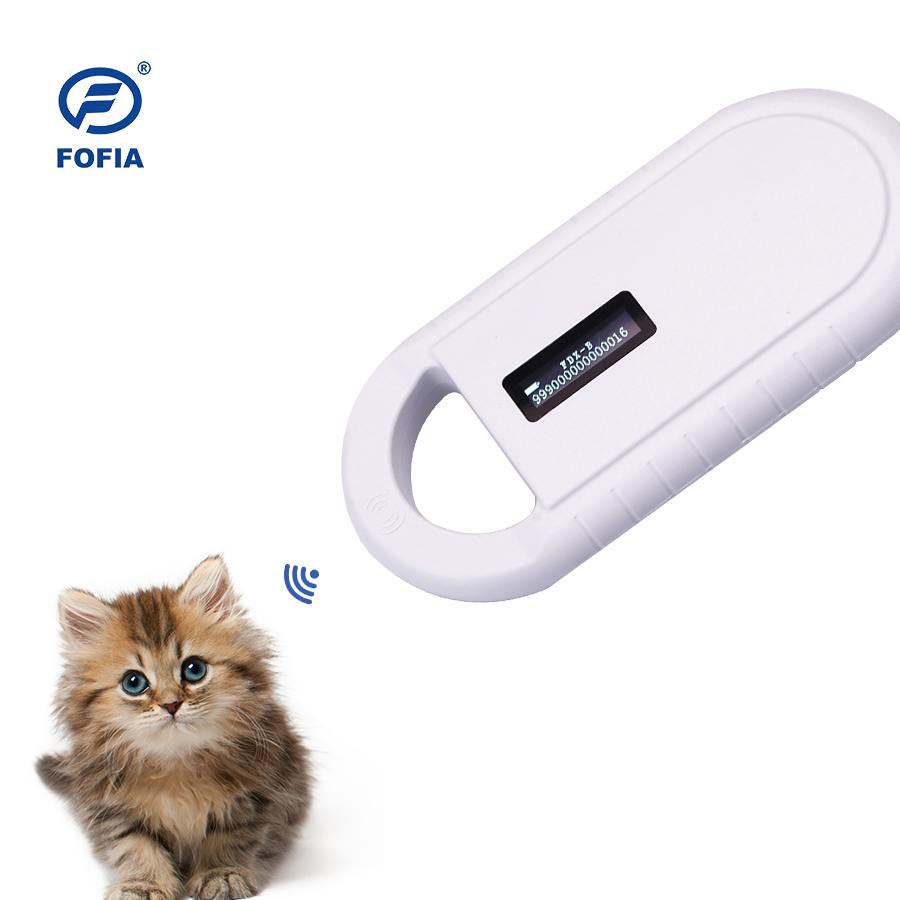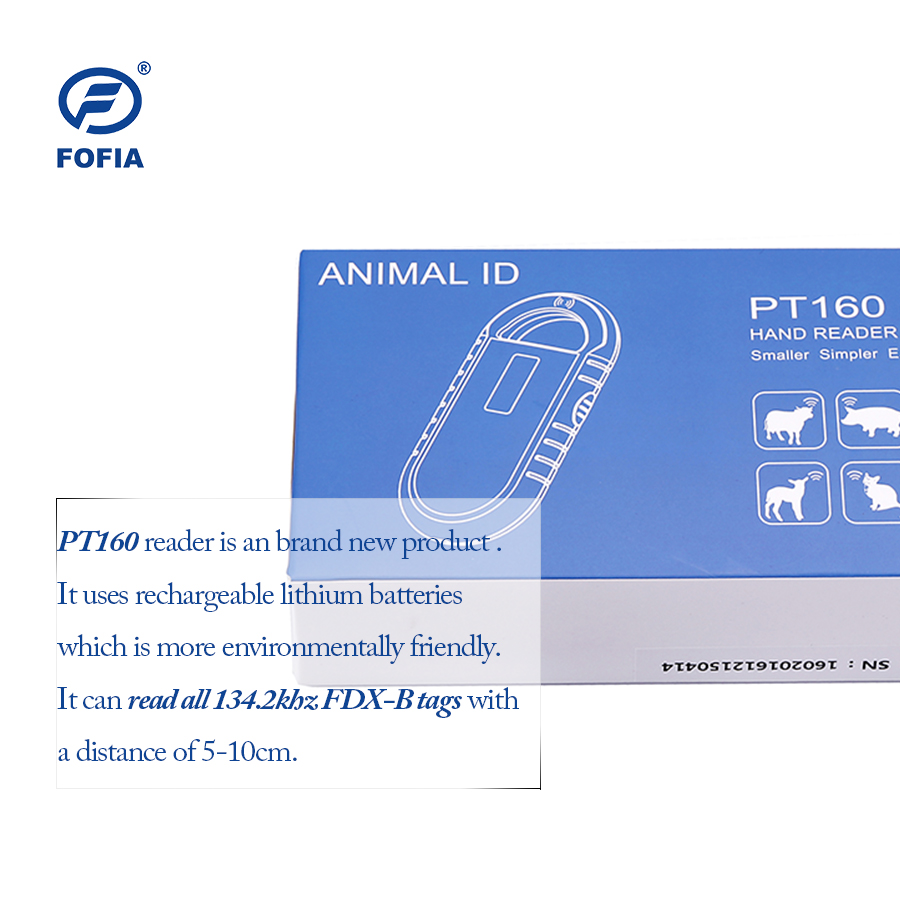ESP is very complicated than the power consumption of factors, not only the capacity of the units, ESP kinds of coal dust ease of export flue gas dust concentration requirements, but also on high-voltage power supply type and control and ESP The operating conditions, etc., and the differences in the type of construction and technology used by different ESP manufacturers will directly affect the specific power consumption of the ESP. Influencing factors such as power supply type, control mode and operating conditions do not need to be corrected or corrected for the electric precipitator's specific power consumption. Therefore, only the unit capacity, the electrostatic precipitator's difficulty in dust removal and the dust concentration of the exported flue gas are included in this paper. The three factors are corrected as shown in formula (3). In the formula, Cx - specific power consumption under different conditions, in kilowatt hours per cubic meter, kW ̇h/m3; C —— the specific power consumption under a certain reference value, in kilowatt hours per cubic meter, kW ̇h/m3; K1 - unit capacity correction factor; K2——the correction factor for the difficulty of dust removal of coal types; K3 - Correction coefficient of export soot concentration. 1) Determination of unit capacity correction coefficient K1 For unit capacity, the unit coal consumption and sewage discharge capacity of large-capacity units are smaller than those of small-capacity units, and the power consumption required to process unit smoke volume is also low. Therefore, the larger the capacity of the electrostatic precipitator unit is, the relative ratio The smaller the power consumption. According to the “Large and Small Pressure†requirements put forward in the “Notice on Accelerating the Shutdown of Small Thermal Power Units†issued by the State Council, small-capacity units should account for the vast majority of high-energy-consuming units that have been eliminated, and the unit capacity corresponds to the specific electricity. The consumption factor should not be corrected, but considering the actual situation of China's 300MW small-capacity units at present, this coefficient is appropriately revised in this paper. The corresponding specific power consumption correction coefficients of 300MW class, 600MW class and 1000MW class units can be set to 1.05, 1.0, and 0.97, respectively. 2) Determination of the correction coefficient K2 of dust removal difficulty of coal type The dust removal difficulty of the electrostatic precipitator refers to the difficulty level of the electrostatic precipitator reaching the performance index under the conditions of given coal, fly ash and flue gas components, flue gas temperature and fly ash particle size. The evaluation can be divided into "easy", "easier", "general", "harder", and "difficult". For the sake of simplicity, this article divides it into "better", "general", and "poor" according to the composition of coal and fly ash. The power consumption level of the electrostatic precipitator is closely related to its performance, and the factors affecting the performance of the electrostatic precipitator are complex. For coal-fired power plants, they can be broadly classified into three categories: working conditions, including coal-fired properties (ingredients, Volatile matter, calorific value, ash fusibility, etc.), fly ash properties (component, particle size, density, specific resistance, adhesion, etc.), flue gas properties (temperature, humidity, smoke composition, etc.); electrostatic precipitator Technical status and operating conditions. Among the above influencing factors, the working conditions are the main influencing factors, and the coal and fly ash components have the greatest impact on the performance of the electrostatic precipitator. Under the premise of achieving the same dust removal efficiency, the worse the coal quality, the larger the required dust collection area, that is, the larger the required electrostatic precipitator capacity, the greater the specific electricity consumption. For example, when the dust concentration of the dust at the outlet of the electrostatic precipitator is 30 mg/m3, the dust collection area is about 130 m2/(m3 对 for the coal type with “durable†dust removal difficulty. S-1); for the coal type with the difficulty of dust removal, the capacity of the electrostatic precipitator needs to increase by about 10%; for the coal type with the difficulty of dust removal, the ratio of the electrostatic precipitator is required. The dust collection area is also about 10% higher. Combining years of experience in the design and selection of electrostatic precipitators and the relevant contents of the "Design Guide for Electrostatic Precipitator Selection", the difficulty of dust removal in coal types is "better", "general" and "poor" corresponding to the specific power consumption correction. The coefficients can be set to 0.9, 1.0, and 1.1, respectively. 3) Determination of the correction coefficient K3 of the dust concentration of the outlet flue gas For the dust concentration of the outlet flue gas, under other conditions, the lower the dust concentration limit of the outlet flue gas, the larger the required electrostatic precipitator capacity, and the greater the electric precipitator than the electric power consumption. For example, the electrostatic precipitator is a “better†coal type for dust removal. When the dust collector concentration of the electrostatic precipitator is 30 mg/m3, the required dust collection area is about 130 m2/( M3 ̇s-1); When the dust concentration limit of the outlet of the electrostatic precipitator is 20mg/m3, the capacity of the electrostatic precipitator needs to be increased by 20%; if the dust concentration of the outlet of the electrostatic precipitator is 15mg, the limit is 15mg. At /m3, the capacity of the electrostatic precipitator will need to increase by about 20%. According to years of experience in the design and selection of electrostatic precipitators, combined with the relevant content of the "Electrostatic Precipitator Selection Design Guide", the export dust concentration is 30mg/m3, 20mg/m3, and 15mg/m3. Set to 1.0, 1.2, 1.4.
This is our PT160 ISO11784 FDX-B Pet Microchip Scanner for dog/cat (ISO11784 Microchip Scanner /Microchip Scanner for dog/cat/FDX-B Pet Microchip Scanner)
PT160 reader is smaller, simpler and easier to operate. It uses rechargeable lithium batteries which is more environmentally friendly. It can read all 134.2khz FDX-B tags with a distance of 5-10cm. It can read all the 15 digit chip under ISO11784/5 fdx-b 134.2KHZ Chips.
Pet ID Reader, Universal Microchip Scanner,Pet Chip Reader Wuxi FOFIA Technology Co.,Ltd. , https://www.fofiatag.com
 Wuxi FOFIA was founded in 2002 in Jiangsu, We develop and manufacture a large range of animal ID products including injectable microchips,Animal temperature microchips, LF ear tags, UHF ear tags ,visual ear tags and all kinds of RFID readers. We provide complete hardware solutions for animal husbandry in various countries around the world.
Wuxi FOFIA was founded in 2002 in Jiangsu, We develop and manufacture a large range of animal ID products including injectable microchips,Animal temperature microchips, LF ear tags, UHF ear tags ,visual ear tags and all kinds of RFID readers. We provide complete hardware solutions for animal husbandry in various countries around the world.
Our products can used for cattle, sheep, goat, pig, fish, pets and wild animals and we have exported to more than 90 countries during the past 20 years.
FOFIA has won a good reputation with our high-quality products, fast delivery time and excellent after-sales service. We do our own brand and also we welcome all kinds of OEM.
We have skilled workers, fully automated production lines and a professional technical team. Welcome customers all over the world to come to us to discuss cooperation, we will provide you with a satisfactory solution.
Influencing factors and corrections of specific power consumption